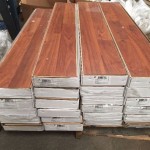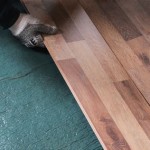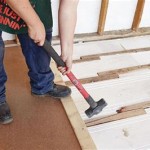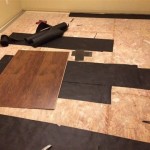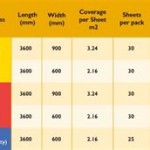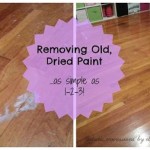Understanding Engineered Flooring: A Comprehensive Guide
Engineered flooring, a versatile and durable alternative to traditional hardwood, has gained immense popularity in recent years. Understanding its key aspects is crucial for making informed decisions about flooring choices.
Components and Construction
Engineered flooring consists of multiple layers: a top layer of thin hardwood (veneer), a core of high-density fiberboard (HDF), and a backing layer. The veneer provides the natural look and texture of hardwood, while the HDF core enhances stability, moisture resistance, and impact absorption.
Advantages
Engineered flooring offers numerous advantages over traditional hardwood:
- Stability: The multi-layer construction minimizes expansion and contraction due to temperature and humidity fluctuations.
- Moisture Resistance: HDF cores are highly resistant to moisture, making engineered flooring suitable for areas prone to spills or humidity.
- Broad Species and Style Options: Veneers from various hardwood species allow for a wide range of aesthetics, from classic oaks to exotic dark woods.
- Versatility: Engineered flooring can be installed over multiple subfloors, including concrete, plywood, and existing floors.
Types of Finishes
Engineered flooring comes in a variety of finishes that affect its appearance and durability:
- Unfinished: Requires sanding and finishing on-site, allowing for customization and matching to existing finishes.
- Pre-finished: Arrives with factory-applied finish, saving time and effort during installation.
- Distressed: Features artificial aging techniques that give the floor a rustic or antique look.
- Hand-scraped: Creates the illusion of a hand-scraped surface, adding depth and character.
Installation and Maintenance
Engineered flooring installation methods vary depending on the type of flooring and subfloor. Click-lock systems are popular for DIY installations, while glue-down or staple-down methods require professional installation.
Maintenance of engineered flooring is relatively simple, requiring regular sweeping, vacuuming, and occasional cleaning with a recommended cleaning solution. Avoid using harsh cleaners or excessive moisture.
Cost and Lifespan
The cost of engineered flooring varies based on the species, finish, and installation method. Generally, it is more affordable than solid hardwood flooring but more expensive than laminate or vinyl flooring.
Engineered flooring has a lifespan of 20-50 years, depending on the quality of the materials, installation, and maintenance.
Conclusion
Engineered flooring offers a practical and aesthetically pleasing alternative to traditional hardwood. Its stability, moisture resistance, and wide range of options make it a popular choice for both residential and commercial applications. By understanding its components, advantages, types, and maintenance requirements, homeowners and builders can make informed decisions about selecting and installing this versatile flooring material.

What Is Engineered Wood Flooring Made Of And Beyond Blog

Solid Vs Engineered Quality Hardwoods Superior Design Palo Duro

4 Things To Know Before An Engineered Hardwood Floor Carlisle Wide Plank Floors

Flooring 101 Understanding Wood Grades Carlisle Wide Plank Floors

6mm Wear Layer Thick Engineered Wood Flooring

Hardwood Vs Engineered Wood Flooring Which Is Best For You Forbes Home

Engineered Flooring Vs Laminate Everything You Need To Know Forbes Home

Solid Vs Engineered Hardwood Which Is Better

Engineered Hardwood Flooring Vermont Wide Plank

4 Things To Know Before An Engineered Hardwood Floor Carlisle Wide Plank Floors
See Also
